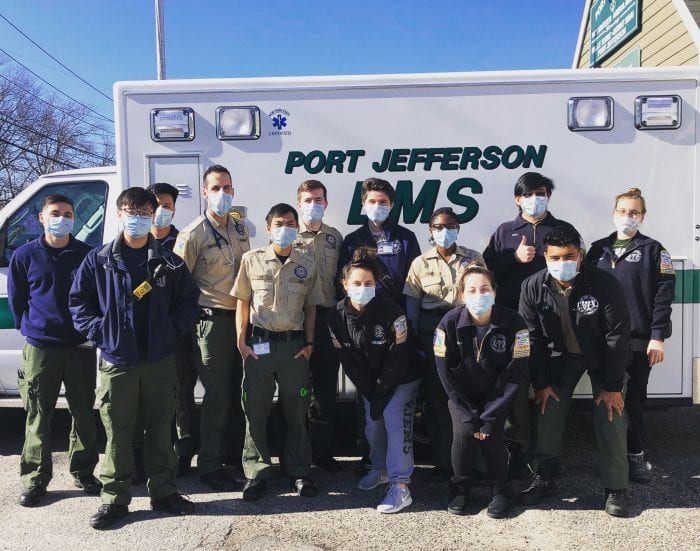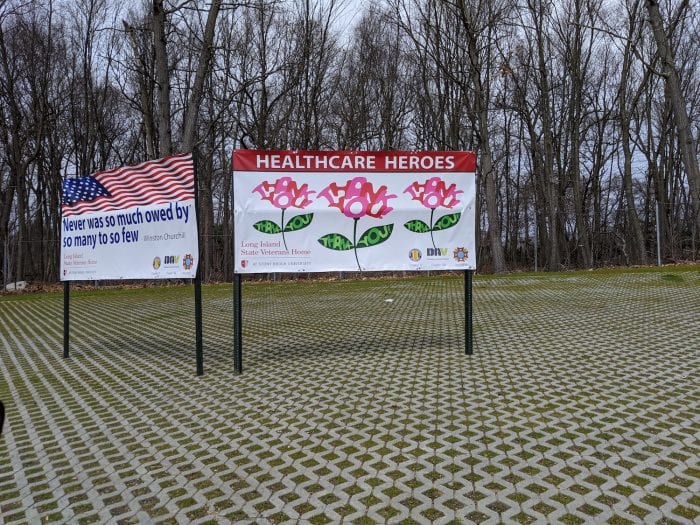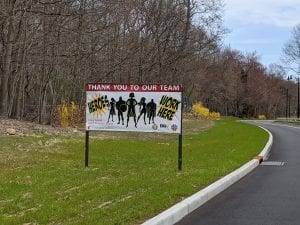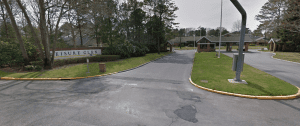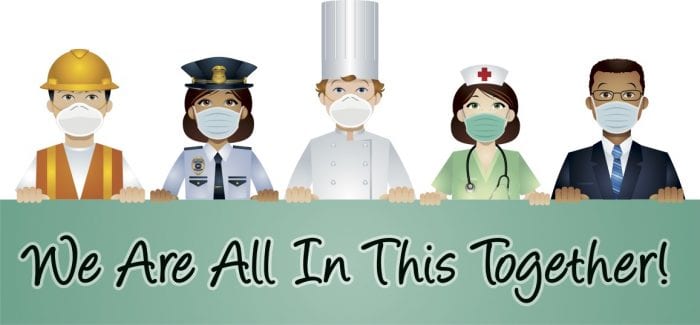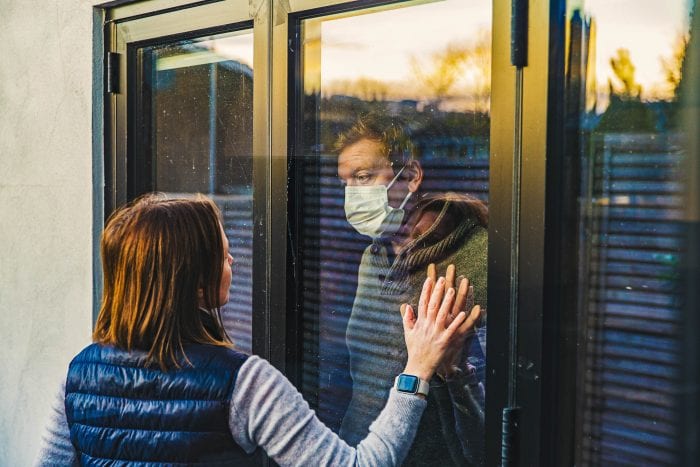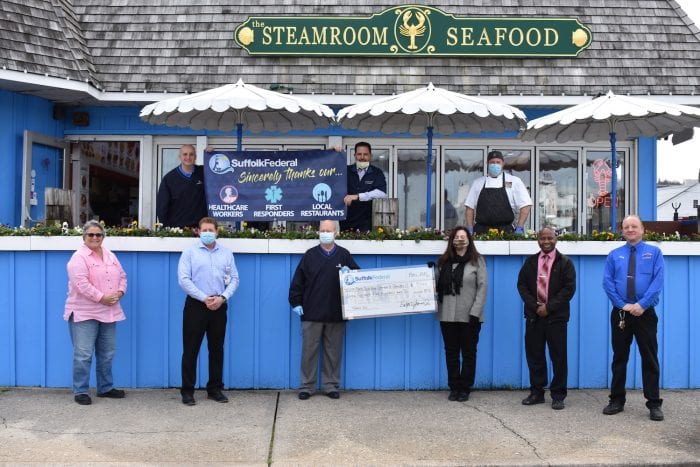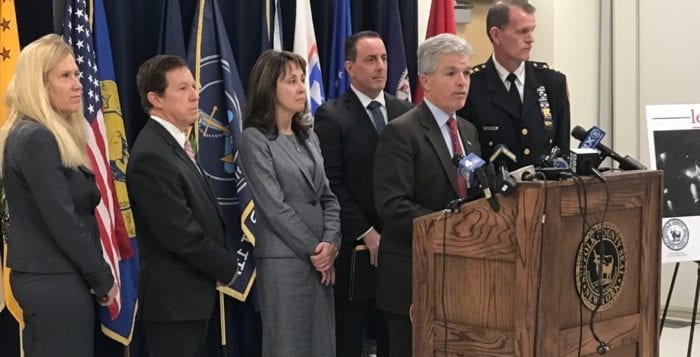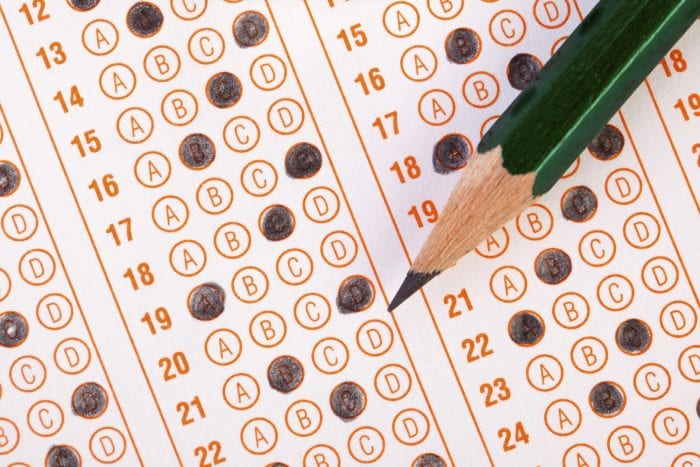By Rich Acritelli
Working over 180 hours over the last two weeks, Paramedic Michael Buckley of Port Jefferson has been extremely busy providing dire medical attention to the North Shore community. During the ongoing coronavirus pandemic, Buckley has been a key member of the Port Jefferson Emergency Medical Services. Around the clock, Buckley has been caring for patients in Belle Terre, Port Jefferson and Mount Sinai. Like every American, he is looking forward for this nation to getting back to normal where he can go to the gym, see his friends and family, and go out to a nice dinner.
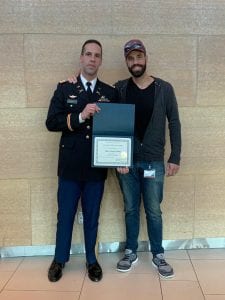
Even during the interview, Buckley was called twice for services to bring sick residents to the Mather, St. Charles and Stony Brook University. It has been a trying period for our nation, but citizens like that of Buckley demonstrate their compassion to help other through perhaps the worst viral this nation has endured in recent memory. He is one of 250,000 Emergency Medical Service workers that immediately answers every type of health-related call. This particular ambulatory company is located on Crystal Brook Hollow Road in Mount Sinai and it is one of the nearly 22,000 transport medical organizations that answer an estimated 240 million calls made each year. During every type of weather condition, this ambulance company has tirelessly worked for the betterment of these local hamlets and villages.
This native of Port Jefferson completed his education at St. Anthony’s High School in Huntington. He enjoyed playing football, excelling at his grades, and continuing the strong tradition of family members that worked and went to this school. As a young man, Buckley was an Emergency Medical Technician who worked closely with ambulance crews. After graduating in 2008, Buckley was accepted to St. Johns University in Jamaica, Queens. During his college years, he majored in business management and was accepted into the Officer Candid School for the military at his college.
After earning his degree in 2012, Buckley enlisted into the U.S. Army in 2013 where he completed his Basic Training and Officer Candid School at Fort Benning, Georgia. He was later ordered to Fort Sill, Oklahoma and was later commissioned as a field artillery officer before being transferred to Fort Bragg, North Carolina. He was assigned to the field artillery for the combat renown 82nd Airborne Division. With this elite unit, Buckley earned his wings and eventually made thirteen training jumps. Currently, he is a captain at reserve military base in Farmingdale, where he assists the enlistment of former officers through the Army Reserve Career Division.
This extensive military training has prepared Buckley for the rigors of being on the front lines of dealing with COVID-19. Every day, he is covered from head to toe with protective gear, including a N95 face mask and shield, gloves, goggles and a protective gown. As he still handles every type of medical call, Buckley responds to numerous suspected Covid-19 emergencies that bring people to the three major local hospitals. With twenty words or less, the ambulances quickly communicate with emergency rooms to inform them of the severity of the call. While Buckley does not know the name of every medical professional in these sick bays, he is always amazed at their unyielding devotion to help other during this crisis.
Chief Rob Stoessel is an executive director of this ambulance service and he is extremely proud in how hard his crews are working during this crisis. As he believes that there are less cardiac and respiratory calls, the COVID-19 cases are hampering the process of bringing patients to the hospital. With these crews wearing extensive protective clothing and constantly cleaning their vehicles, equipment and themselves after every call, it has been a daily challenge to carry out their tasks. In order to protect these men and women, they can take showers and wear clean clothing before they drive home in their own cars. The Port Jeff EMS has increased its mobile fleet to five ambulances and three emergency service vehicles that are operating during all hours of every day. Stoessel said he wanted to thank his EMTs who were students at Stony Brook University. For a time, many of these student-volunteers were without housing, but they have shown an extreme amount of comradery to support the operations of the ambulance company. Currently, some of these volunteers are staying at Danford’s Hotel in Port Jefferson.
Buckley said he believes that the “social distancing” has been working, but people still need to stay home and away from each other. Driving numerous hours through our local towns, Buckley has seen a tremendous growth in the use of face masks and gloves. From his own observations, he sees the importance of listening to Gov. Andrew Cuomo and following the guidelines issued by the Center by the U.S. Center for Disease Control and Prevention.
Even as Buckley has been working through this daunting physical and mental schedule, he has been enrolled at the Farmingdale State College. He is using his Montgomery GI Bill to complete the necessary prerequisites to be accepted by a future medical school. With a wealth of military and health background, he is determined to help future citizens in becoming an emergency room doctor. Stoessel said he has been highly impressed by the skills and dedication of Buckley and he believes that this paramedic “represents all that is good with this country.”

